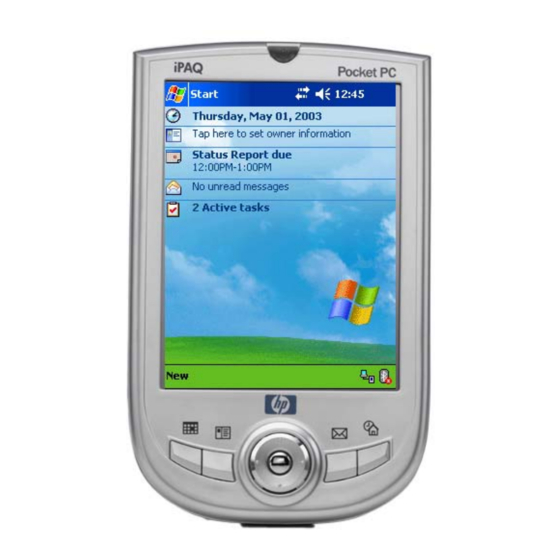
HP iPAQ h1935 User Manual
Hide thumbs
Also See for iPAQ h1935:
- User manual (127 pages) ,
- Getting started manual (2 pages) ,
- Quick start manual (175 pages)
Table of Contents
















Need help?
Do you have a question about the iPAQ h1935 and is the answer not in the manual?
Questions and answers